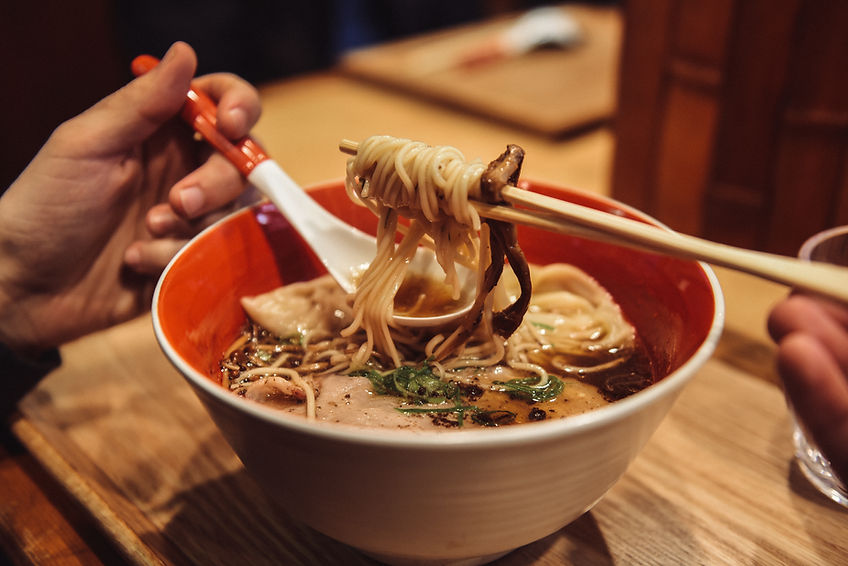Welcome!
How people regulate their food intake has been an interest of mine for the last thirty years.
In recent years I have turned my attention to Reversal of Type 2 Diabetes.
This site is for medical professionals who wish to learn more the role of subjective eating cues in the regulation of eating.

David Lovell-Smith,
PhD, MBChB, FRNZCGP
Abstracts
RCT: Weight loss
RCT: Insulin sensitivity
Review article
Ciampolini M, et al. Nutrition & Metabolism 2010, 7: 4
Dietary restraint is largely unsuccessful for controlling obesity. As an alternative, subjects can easily
be trained to reliably recognize sensations of initial hunger (IH) a set of physiological sensations which emerge spontaneously, not necessarily at planned mealtimes, and may be the afferent arm of a homeostatic system of food intake regulation. Previously we have reported that IH is associated with blood glucose concentration (BG)
below 81.8 mg/dL (4.55 mmol/l), (low blood glucose, LBG), and that a pattern of meals in which IH is present premeal (IHMP) improved insulin sensitivity, HbA1c and other cardiovascular risk factors. Here we report the effect upon weight in overweight and normal weight subjects.
Ciampolini M, et al. Journal of Nutrition and Metabolism 2010, Article ID 286952
Excessive energy intake has been implicated in diabetes, hypertension, coronary artery disease, and obesity. Dietary
restraint has been unsuccessful as a method for the self-regulation of eating. Recognition of initial hunger (IH) is easily learned,
can be validated by associated blood glucose (BG) concentration, and may improve insulin sensitivity. Objective. To investigate
whether the initial hunger meal pattern (IHMP) is associated with improved insulin sensitivity over a 5-month period. Methods.
Subjects were trained to recognize and validate sensations of IH, then adjust food intake so that initial hunger was present pre-meal at each meal time (IHMP).
Ciampolini M, et al.International Journal of General Medicine. 2013; 6: 465–478.
A set of spontaneous hunger sensations, Initial Hunger (IH), has been associated with low blood glucose concentration (BG). These sensations may arise pre-meal or can be elicited by delaying a meal. With self-measurement of BG, subjects can be trained to formally identify and remember these sensations (Hunger Recognition). Subjects can then be trained to ensure that IH is present pre-meal for most meals and that their pre-meal BG is therefore low consistently (IH Meal Pattern).
Eating pleasure
Lovell-Smith HD et al. Medical Hypotheses 2010; 75: 172–178
It is hypothesised that eating is regulated when eating pleasure fulfills (and thus extinguishes) the desire to eat and that eating pleasure is maximised when eating is prompted by an Empty Hollow Sensation (EHS). Absent, unrecognised, misinterpreted or false hunger sensations may account for non-regulated
eating in many so-called normal eaters, not only in anorexic or obese people. As a regime in which the EHS is present before most meals, the EHS Meal Pattern (EHSMP) is suggested. Existing evidence to support its efficacy is reviewed. Obesity, diabetes and heart disease are among a range of conditions associated with excessive caloric intake owing to poorly regulated eating. If upheld, the EHSMP could assist people to maintain their own well being and could help to prevent and treat some of the major scourges
of Western society.
H. Pylori
Ciampolini M et al. Physiology & Behavior 2000; 70: 287–296
A significant decrease in the bacterial count of small intestinal mucosa has been observed in children with recurrent diarrhea or abdominal pain in the time that has elapsed from the previous meal. Humans may be trained to recognize metabolic feelings of hunger that are associated with a steady and slightly lower glycemia than baseline, between 4.7 and 3.9mmol/L (intervention). An eating habit associated with a decrease in preprandial glycemia prevented diarrhea relapses, and was expected to impair intestinal microflora growth, including Helicobacter pylori in the stomach. The development of Helicobacter pylori infection might be prevented during childhood, and recovery from infection may be expected with intervention. The improvement in attention to metabolic feelings consisted of acquiring a predictive ability of glycemia by distinction between unsolicited hunger feelings (metabolic hunger) and those associated with external cues.
Glucose premeal
Ciampolini M, Bianchi R. Nutrition & Metabolism 2006; 3:42
The will to eat is a decision associated with conditioned responses and with
unconditioned body sensations that reflect changes in metabolic biomarkers. Here, we investigate
whether this decision can be delayed until blood glucose is allowed to fall to low levels, when
presumably feeding behavior is mostly unconditioned. Following such an eating pattern might avoid
some of the metabolic risk factors that are associated with high glycemia.
Results: In this 7-week study, patients were trained to estimate their blood glucose at meal times
by associating feelings of hunger with glycemic levels determined by standard blood glucose
monitors and to eat only when glycemia was < 85 mg/dL. At the end of the 7-week training period,
estimated and measured glycemic values were found to be linearly correlated in the trained group
(r = 0.82; p = 0.0001) but not in the control (untrained) group (r = 0.10; p = 0.40).
You can refer patients to me using either SR Referrals or ERMS. Just search for my name and refer in the usual way.
David Lovell-Smith




.png)




